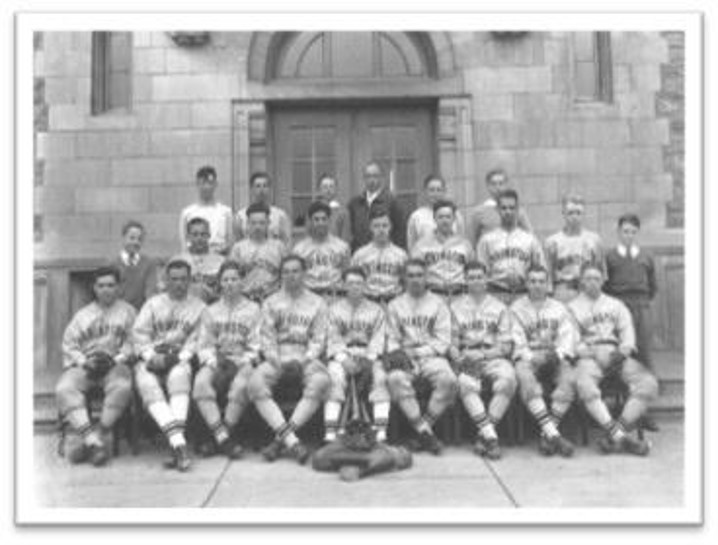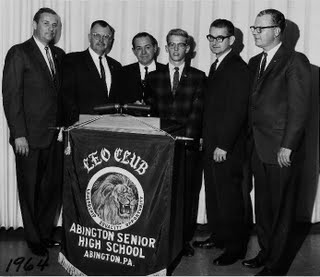
Leoism simply refers to the youth hand of the Lions Movement, a worldwide network of men and women collaborating to serve their communities and change their lives to make a long-lasting positive impact. The Leo program was officially adopted by the international movement of the Lions Club in 1967 as one of their projects, through which they empower the youth of the world to put their genuine efforts individually and collectively for the development of the local and international community. Thus, every Leo Club is hosted and sponsored by a respective Lions Club.
However, the main focus of the Leo program was to instill attributes and qualities of leadership in young individuals to awaken and energize them to work as responsible members for a better community, a better country and a better world. Apart from this, the Leo program joined youth of various social, cultural, ethnic and economic backgrounds through friendship, fellowship and mutual understanding.
The history of the Leo movement dates back sixty-four years. Mr. Jim Graver was the baseball coach of the Abington High School in Pennsylvania, USA while he was also a member of the Glenside Lions Club. Along with the help of his fellow Lion William Ernst, the first Leo Club in the world was chartered on December 5th, 1957. They chose the school colours; Maroon and Gold as the Leo Club colours.
The motto of the Leo Club is Leadership, Equality (which was later changed to Experience) and Opportunity. Accordingly, in October 1967, the board of the Lions Club International adopted the Leo program as their official youth program. From then onwards up till now, the Leo program has rapidly spread to approximately 150 countries and 7200 Clubs worldwide which comprises 140,000 + memberships. Leo Clubs are open to young people with good character and an interest in serving their communities.

